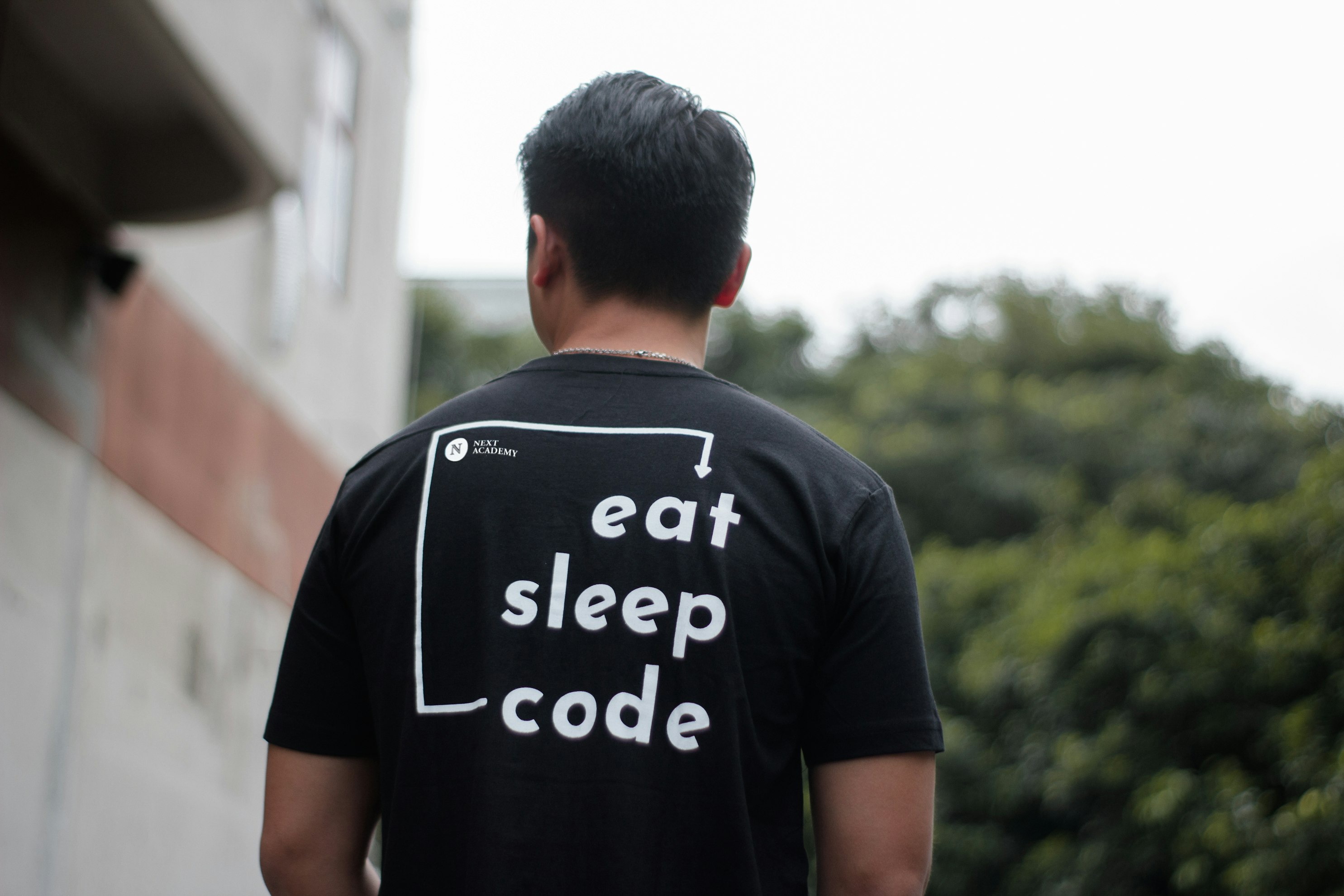From First Lines of Code to Building Full-Scale Applications with AI
The Early Steps: First Encounters with Python
My coding journey started back in university, where I took a single introductory Python course. The course was very basic, yet at the time I found it surprisingly hard to grasp. Still, problem-solving has always been what drives me. I wanted to be able to build anything—from small tools to larger systems.
Writing My Master’s Thesis in Julia
When I began writing my master’s thesis, the focus shifted to something much more complex: building investment strategies and backtesting them to simulate defined pension plans with monthly contributions. The company I was writing my thesis for already used Julia, and a colleague there handled much of the coding.
Luckily, ChatGPT 3.5 was released around that time. Even though its coding capabilities were still quite limited, it became a valuable tool for me. By constantly experimenting with AI, pushing it to its limits, and refusing to give up, I managed to truly understand more and ultimately finish the project successfully. That project later became the foundation that helped me land my first job in investment research.
Bringing Structure to Chaos: Building a Research Infrastructure
When I joined the investment research team, I quickly realized there was no real infrastructure in place. Most of the work relied on Excel, and repetitive, manual tasks were the norm. Since I’ve never been a fan of repetitive work, I decided to build an entire research infrastructure from scratch—this time in Python, again with the support of ChatGPT.
It took time, but the system grew into a fairly extensive architecture, stretching the limits of what AI could handle at that moment. I’ve been maintaining and enhancing it ever since, ensuring that it remains efficient and reliable.
From Work to Passion: Coding Beyond the Job
What began as a necessity at work soon turned into something much bigger. I started programming extensively in my free time, this time leaning on Cursor AI, which made handling larger codebases—especially in web development—much easier.
Not long after, I built my first blog with a fully functioning backend. Later, I rebuilt it entirely to remove the need for a full backend by using an edge function combined with Supabase as a content management system.
Expanding Horizons: Projects That Matter
Over time, I created more ambitious projects:
- A Financial Analytics Platform: Designed for financial professionals and sophisticated investors, this tool accelerates research by offering faster, more reliable backtesting and quick analysis of almost any time series. It can generate virtually any metric you can think of, giving users deeper insights into their strategies.
- A New Blog for My Girlfriend: With a slightly different CMS setup, tailored to her needs.
- A Website for My Brother’s Business: Featuring a custom-built, enhanced CMS system.
All of these websites rely on Supabase for database and storage, and they’re all deployed via Vercel. The financial analytics platform’s backend runs on Python with Render. I chose these platforms not only because of their flexibility and scalability but also because of their generous free plans, which make them accessible without compromising on performance.
Looking Back: A Journey Fueled by AI and Curiosity
What started as struggling through a basic Python course has turned into building complete infrastructures, sophisticated tools, and real-world applications. AI has been my companion throughout this journey—not doing the work for me, but helping me push my boundaries, learn faster, and create more than I could have imagined at the start.
And the journey is far from over.
